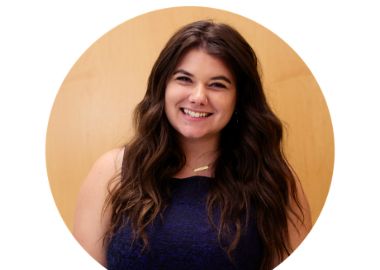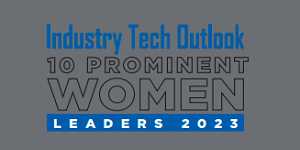Avkin’s founder and CEO, Amy Cowperthwait RN, MSN, CNS, CHSE-A was frustrated with the subpar simulation options available to educate future healthcare providers. As an emergency room nurse brought in to run University of Delaware's skills and simulation lab, she was given two expensive manikins and told to get started. She quickly realized that these manikins were inhibiting the understanding of the human to human connection and communication skills needed to provide quality care. During a code blue simulation, Amy called the code overhead and announced that the patient had died, to replicate what would be done in a clinical setting. As soon as the code was called the nursing student doing the compressions on the manikin suddenly smacked her hands down on the manikins chest and said “that's it you're dead, and i'm done”. Amy’s mind started racing. She thought this was someone's husband, father, or brother. How do I help them understand that this inanimate object is supposed to replicate a real person? She knew that something needed to change, so she reached out to the theater program and with their help, quickly began incorporating actors in simulation.
Amy Cowperthwait and her theater colleague began growing and developing a program where actors would play the role of the patient. Amy was finally observing simulations where her nursing students were engaging and communicating with “patients” that were both diverse and appropriately complex. One day, Amy was called in to run the manikin for a tracheostomy simulation. It should be simple, students come in to recognise the patient is having difficulty breathing, listen to lung sounds, and suction the patient’s tracheostomy; that is it. Typically patients who have a tracheostomy are non verbal so Amy was not planning on speaking during the simulation. When the students entered the room they asked for the patient's name and date of birth. Amy did not respond. They asked again… no answer. The two students looked at each other and one exclaimed “I think he is dead!”. They quickly started doing CPR on the manikin and the entire simulation unraveled because the manikin could not lift their arm to show the students their hospital bracelet. Amy needed a way to make the actors appear sicker. She envisioned a chest overlay with a tracheostomy that could be worn by a real person. After having success with her first interdisciplinary partnership she turned to the engineering department at the University.
In fall 2013, Amy forged a partnership with the engineering department at the university to develop the first prototype for a wearable tracheostomy simulator. The engineering department had a course where engineering students worked with an industry partner to design an initial prototype in 15 weeks. Throughout the semester she led an interdisciplinary team of nursing, theater, and engineering students to create a revolutionary wearable simulator, changing the way healthcare simulation is done for years to come. It had speakers that could play lung sounds, sensors embedded in the device to cue the patient to react appropriately to the care being provided. Additionally it had simulated mucus that could be suctioned out of the product. Amy saw it demonstrated on a real person; she calls it her Walt Disney moment. What she had in her head was finally actualized and she had it in her hands.
Amy had every intention of letting the university license the technology to a manikin company. She loved her job as an educator and had no desire to be a CEO. In an effort to get the work out in January of 2015, the team flew to the International Meeting on Simulation in Healthcare (IMSH) conference. They borrowed the pillows from the hotel to make a folding table into a makeshift bed so they could demonstrate the Avtrach prototype. By the end of the two hours they had collected over 50 business cards of interested educators. With a newfound confidence Amy pulled out all the business cards they received and said to the owner of a manikin company, “tonight I could have sold at least 75 Avtrachs out of the back of a truck if I had them”. They looked at our makeshift bed and the team responded mockingly “then do it…”.
Amy then decided to pursue starting her own company. She knew that licensing of the technology was not an option. She would need to do this on her own. The team believed in the end vision and knew that this was worth pursuing. In 2023 Avkin has nine high fidelity simulators on the market. They are valued as a multi million dollar company taking more of the market share every year. We are excited to see the continued success of Avkin.


